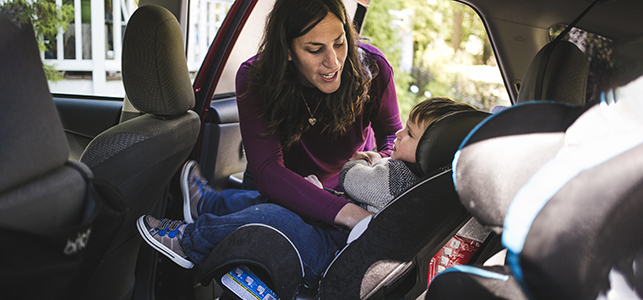
With the rise in online retailers, there’s been a significant increase in sales of counterfeit and non-compliant car seats. Counterfeit seats are made with flimsy and unsafe materials, while non-compliant seats may be approved in other countries but don’t meet U.S. safety standards and aren’t legal for use here.
“It can be hard to tell the difference between an approved car seat and one that doesn’t meet standards to be considered safe, but there are some key indicators you can look for,” said Corri Miller-Hobbs, RN, program coordinator for Safe Kids Virginia. “A properly used and installed child safety seat can reduce the risk of injury by as much as 71 percent, so this is a very important topic for parents and caregivers.”
If you notice any of the following, it’s a good idea to investigate further.
Counterfeit and non-compliant seats are often sold on lesser-known websites, or even through third party vendors on reputable sites.
Counterfeit car seats aren’t always cheap! The good news is that you don’t have to break the bank to get a safe car seat for your child. Look for the indicators above – rather than the price tag – when selecting the best seat for your little one.
If you spot a red flag, or don’t see the proper safety signs on your child’s car seat:
National Highway Traffic Safety Administration
Consumer Product Safety Commission
Want to make sure your child’s seat is approved and installed just right? The National Highway Traffic Safety Administration has a tool to help locate a car seat inspection station near you.